Practically everyone has a UHF radio in their tourer. And just about every truck on the road has one too, here’s how to use a UHF radio.
Words and images by Mark Kendrick We use them for convoy communication, alerting others of changed conditions, recoveries, requesting to overtake a truck or helping to pass the kilometres sociably. Whether a low-powered children’s handheld or the best permanent installation, you can get more from your radio by learning how best to use it.
Read More: Check out Unsealed 4X4‘s article on the legalities of using a UHF while driving.
The Basic Language
The most common mistake first-time users make is that you can’t transmit and receive at the same time. If someone else is talking, you need to wait. Wait a few seconds before replying in case someone needs to butt in with a hasty or emergency call. Some handheld radios can only transmit for short bursts, so if you’re inclined to ramble on you may need to learn some verbal efficiency to get your message across in one breath.
The microphone works best if held forward of your cheek so you talk across the microphone, rather than straight at it. Talk normally, there’s no need to shout. ‘Keying’ or pressing the transmit button does not mean instantaneous transmission, so hold your words back a second and pause or the receiver may miss the first word or two.
Listen to the main truckie channels and in short time you’ll learn a few phrases you never wanted to know. In between the blue air a lexicon exists to assist in radio chatter, a weird mix of maritime and aviation vocabulary. The most commonly heard are copy or copy that and over. Copy and copy that are used to say you have received the message and understood it, as is the TV phrase 10-4. Over is used as a punctuation point to say your message is ending and for the next person to have their say. Less common now is Roger, meaning “okay” or “message received”. A couple of other words or phrases are used to aid the listener: affirmative and negative for “yes” and “no”, as single syllable responses are often lost over radio and, of course, the phonetic alphabet is useful if needing to spell something out for the same reason.
Channels
In Australia we currently use 80 channels on the UHF frequency band. Of these, 37 are for general chat, and a few others are commonly used by 4X4 travellers too. There are six types of channels: duplex input, duplex output, restricted use, general use, safety and groups. Refer to our cheat sheet to see what each channel is designated for.
Along with the 37 general use channels, travellers are most likely to also use the group and safety channels. Some location specific uses of group channels exist, such as channel 10 in the Simpson Desert. Etiquette is to tune into channel 10; this means your group and other groups can be aware of other track users hopefully long before an unfortunate meeting at the top of a dune. Some groups rely on one car to have two radios, one on 10 and another on a quieter channel with the rest of their convoy, but this doesn’t help as it is only active use of the channel that alerts others of your presence. Channel 18 is usually used for motorhomes and by those towing caravans and camper trailers, commonly referred to as “mobile roadblocks” and “wobble boxes” by truckies.
Channel 11 is for initiating calls. It is used only long enough to alert your contact to move to another channel.
Safety channels are for general public use, channel 29 for the Pacific Highway in NSW and Queensland, and channel 40 for use Australia-wide. These are the commonly used channels by trucks and professional drivers and are useful for learning where road conditions, roadworks or an accident might cause traffic delays.
Most channels are known as simplex, and work on one frequency. Duplex channels come in pairs. The first eight channels are output channels, matched to their respective inputs in the channel 30 to 38 range. Another set exist as channels 41-48 and 71-78. Duplex transmits on one channel and receives on another. Commonly used by repeater stations, they are a way to gain significant range, especially if the repeater is located up high, but also a quick way to listen to trash talk from radio cowboys.
Finally, the restricted use channels come in a few flavours. The most important and only one you may ever use is the emergency channels, with channel 35 for input and 5 for output. There are large fines attached to misuse with this duplex channel – it is absolutely only for emergency communication. To use it, set your radio to duplex mode (some do so automatically) and tune in to channel 5. Once contact is made, consider moving to another channel to keep the emergency channel open for others.
Advanced Feature: CTCSS
UHF is completely public; everything you say can be heard by anyone else who cares to listen, and they can butt in as they please too. Sometimes it is hard to find a quiet enough channel. In this instance, using Continuous Tone-Coded Squelch System (CTCSS) can allow your conversation to go uninterrupted, albeit without privacy. CTCSS works by having an inaudible tone transmitted each time you key your mic, recognised by a partnered receiver that is programmed to only receive transmissions that start with the appropriate tone. This means your conversation can flow back and forth without others interrupting, while everyone else not using CTCSS can hear your conversation but won’t be heard by you. CTCSS is usually used by small groups who drive together frequently.



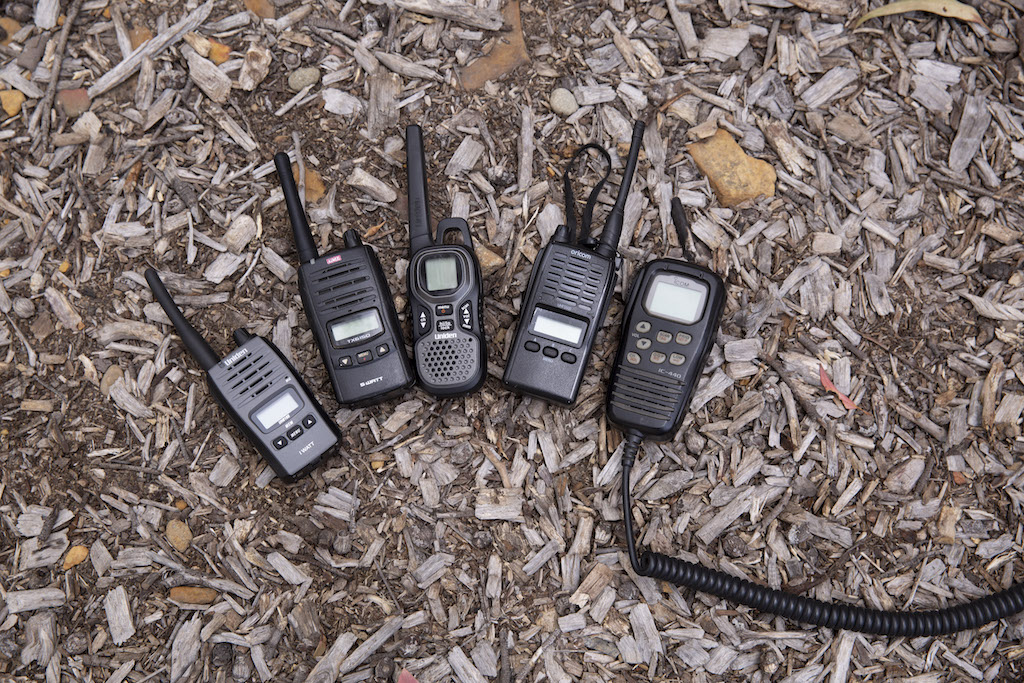
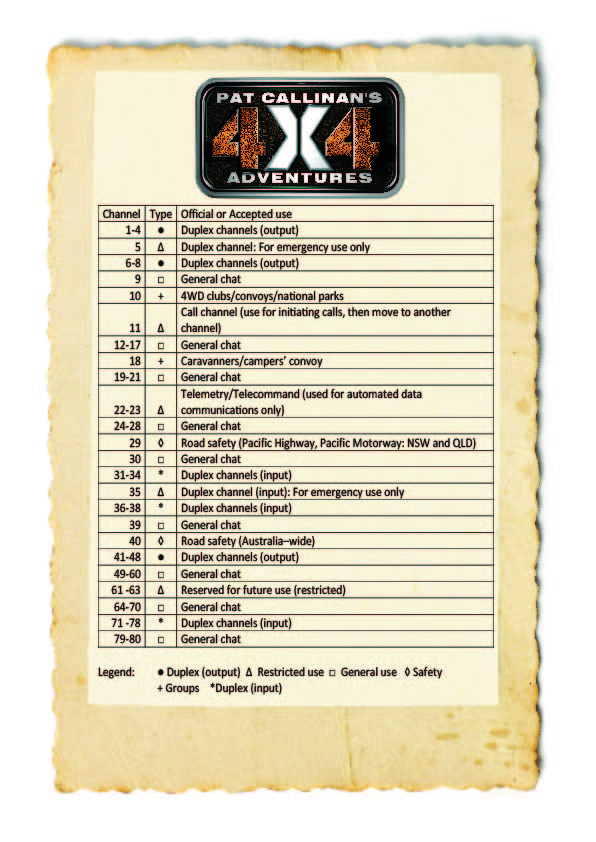

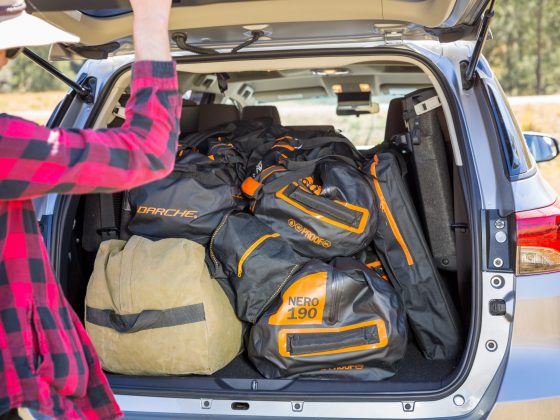
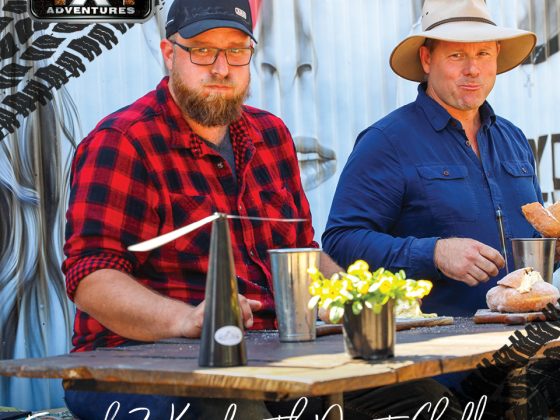

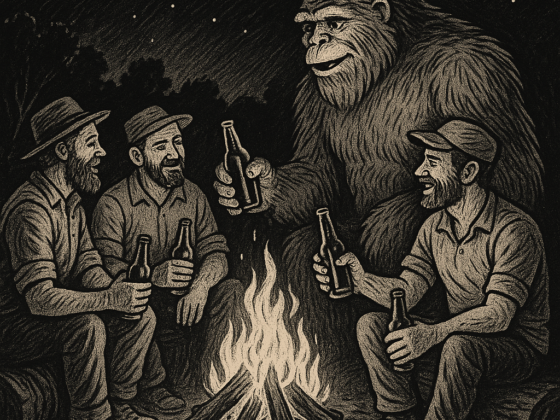

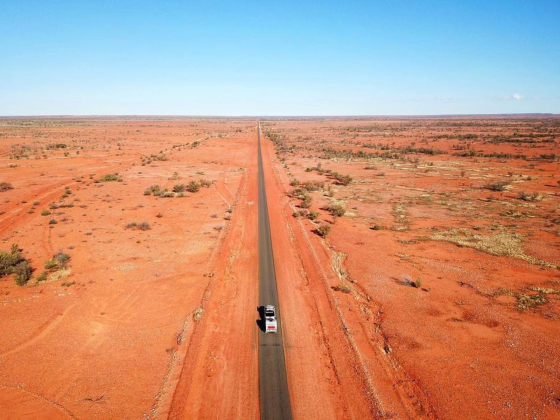
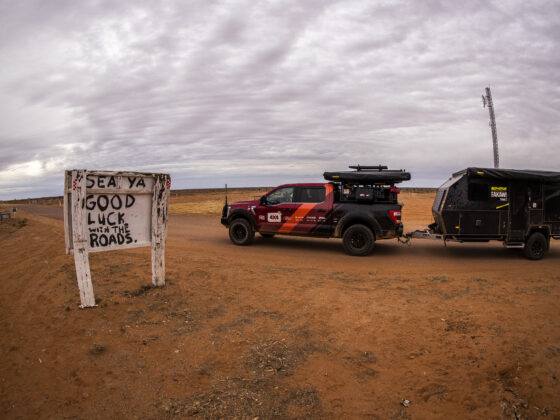


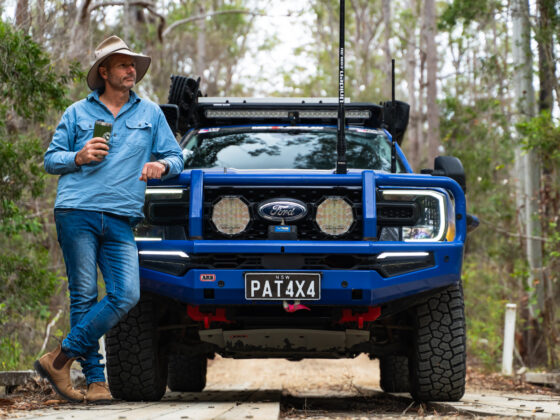
1 comment